Daniel Andrews awaits voters’ judgment. Will they punish him for his Covid handling?
Is there still a smouldering anger in the electorate over the 262 days Premier Daniel Andrews locked down Melbourne, or have most voters just moved on?
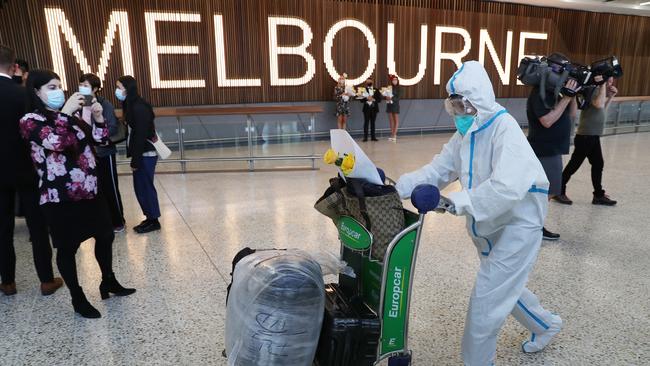
The big unknown of the Victorian election is to what degree voters will punish Dan Andrews for his record-breaking Covid lockdowns. Polls show the Victorian Premier will take a hit at the ballot box in the November 26 poll and his controversial management of the pandemic will be a factor.
But how much of a factor? Is there still a smouldering anger in the electorate over the 262 days Melbourne was locked down, or have most voters moved on? A year has passed since the last of its six lockdowns was lifted but the memories for many remain raw.
Andrews achieved global notoriety for locking Melbourne down longer than any other city in the world during the pandemic.
Domestically, the Victorian Labor leader has, by some distance, the worst record of any state premier in handling Covid.
Under his watch Victoria had not only the longest lockdowns but also the harshest. Children’s playgrounds were closed, curfews were imposed, visitors were banned from homes, travel more than 5km from home was outlawed, police checked people’s coffee cups to see if they contained alcohol, schools were shuttered and businesses crumbled along with mental health, especially of children and teenagers.
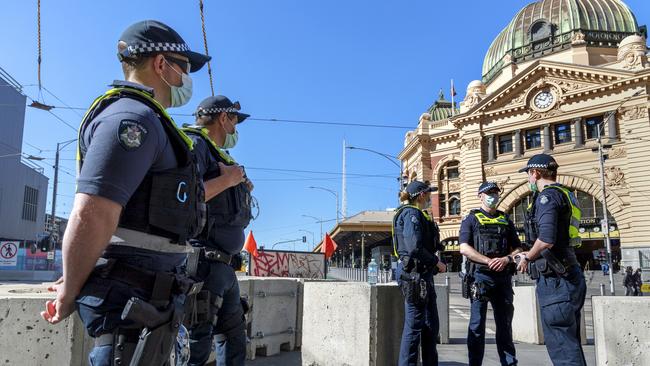
Andrews also presided over the 2020 hotel quarantine bungle that killed 768 mostly elderly people with no clear resolution as to who was responsible. Yet all of this pain delivered no advantage. More people have died from Covid in Victoria than anywhere else in the country, including its larger neighbour, NSW. But Andrews is partly protected from the brunt of pandemic punishment from voters by the simple fact he has a huge majority and is facing an underwhelming Liberal opposition. Polls suggest the backlash against him could be large enough to force him into minority government but will probably not be large enough to defeat him.
The latest Newspoll points to up to ten government seats falling amid a near six point drop in primary vote support over the last four years.
Andrews’ pandemic record will be just one of the issues driving any backlash against him amid broader concerns about integrity issues, cost-of-living pressures and ballooning state debt. Liberal opponent Matthew Guy is choosing to focus his campaign on living costs, healthcare and integrity rather than the pandemic.
Yet if there is an elephant in the room, it is the unknown size of the pandemic protest vote against the Premier for what he inflicted on Victoria in 2020 and 2021.
“The sting for Labor is that there are a lot of people in the electorate who don’t wanna talk about the pandemic but they are carrying around the memories of it,” says Kos Samaras, a political consultant with RedBridge Group and a former longtime state Labor campaign strategist.
“Whether it’s having to pay for counselling services for the kids, or whether people are still recovering financially because their businesses were locked down for too long, thousands upon thousands of people are walking around with those wounds. Some can rationalise it and some cannot.”
Samaras, who conducts political focus groups, believes the legacy of the lockdowns has made Labor’s primary vote “very soft” but he says this does not necessarily translate to stronger support for the Liberals.
“We have seen in Newspoll there was a 4 per cent drop in Labor’s primary vote and in part that is people saying ‘because of the pandemic I can’t stand the sight of him but I’m not voting Liberal’. So the Liberals are not really benefiting from it. People are going to the Greens or the minor parties.”
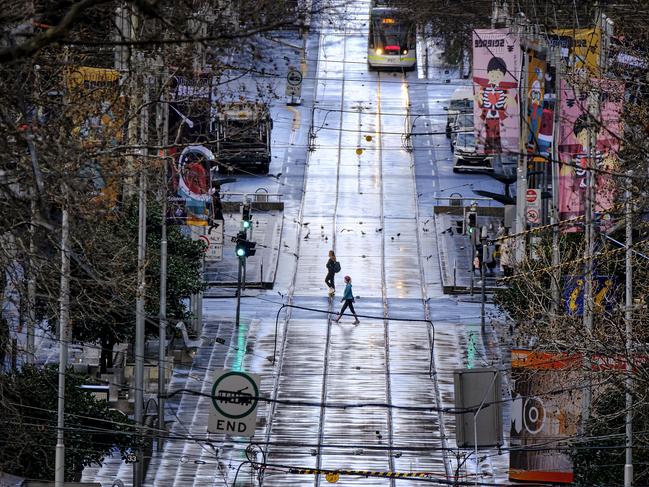
Australians have shown they are willing to punish politicians for missteps in their management of the pandemic. Although there were many reasons why voters turfed Scott Morrison out of office, his government’s failure to secure early supplies of Covid vaccines was a factor in his loss. Similarly, NSW Liberal Premier Dominic Perrottet is struggling in the polls in the wake of his state’s long Covid lockdowns. In the year since Andrews’ final lockdown was lifted, the true extent of his overreach in Victoria has been exposed by a steady flow of distressing statistics about the ongoing cost of lockdowns on children’s education, mental health, on small business and on Melbourne’s hard-hit CBD.
An independent review of Australia’s response to the pandemic, led by top public servant Peter Shergold, last month criticised the overuse of “brutal” lockdowns, the unjustified closure of schools and inadequate protection of aged-care residents. The review described lockdowns as a blunt instrument whose reach was excessive and implementation harsh. Most importantly, the report concluded: “It is now obvious that we overestimated mortality and underestimated the collateral damage of the actions taken to stop the spread of Covid-19.”
“Many lockdowns were avoidable,” the report found. “Some decisions were politically motivated. Some responded to public fear whipped up by the media. Lockdowns overall created a universal feeling that the pandemic was being policed rather than managed.”
Nowhere was this failure more obvious than in Victoria, where Andrews and his supporters refused to question the human cost of extended lockdowns until the damage was done.
Andrews has tried to downplay the findings of the Shergold report, saying it was written with the benefit of hindsight by “a bunch of academics” about “things that happened some time ago”.
Former deputy national chief medical officer Nick Coatsworth dismisses his claims, saying there were key aspects of the impact of prolonged lockdowns that were known at the time. “Where the criticism is rightly levelled is with things that were done when we knew that the evidence did not support the policy,” says Coatsworth.
For example, he says, the decision to close schools for months on end was not justifiable because it was already known the virus had little impact on children. “Also, some of those decisions such as imposing curfews and closing playgrounds were not evidence-based decisions. We knew at the time that this was an incredibly hard virus to acquire outdoors.”
There is a growing public acceptance in Victoria, even among some of those who were previously strong supporters of the lockdowns, that Andrews got the balance wrong by not giving more weight to the human costs of his policies.
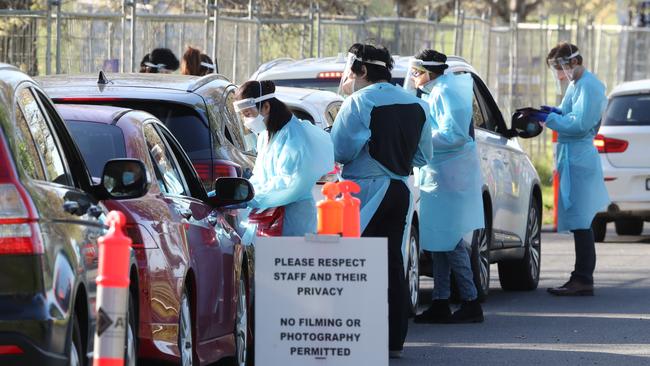
But this does not necessarily translate to an electoral backlash because most Victorians backed the hardline measures imposed on them at the time.
Yet the damning findings of the Shergold report suggest history will not be kind to Andrews over his management of the pandemic. The passage of time has only served to crystallise some of the excesses and missteps.
Andrews has still refused to apologise for what Ombudsman Deborah Glass said was an unlawful breach of human rights when almost 3000 people were detained in high-rise housing commission towers without warning in central Melbourne on July 4, 2020.
Andrews also evaded taking political responsibility for the failures of the hotel quarantine program that saw an outbreak of Covid in mid-2020 that left 768 people dead and resulted in harsh lockdowns. The subsequent Coate inquiry into the quarantine program found it was a debacle on every level, but it was health minister Jenny Mikakos who took the fall rather than the Premier.
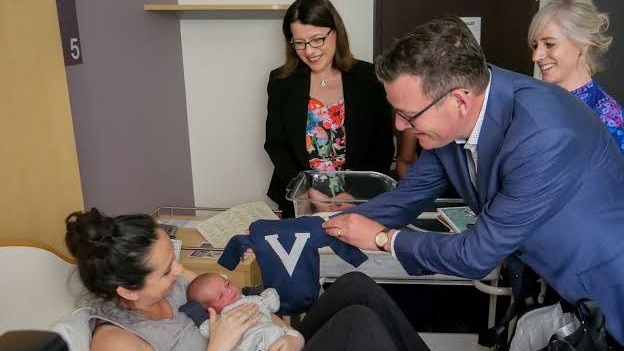
The shock of that outbreak contributed to Andrews’ excessive conservatism on future outbreaks, which saw him repeatedly lock down Melbourne, a city of five million people, for a handful of Covid cases. Even when Andrews announced Melbourne’s sixth and final lockdown on August 5 last year (because of eight Covid cases) he declared “there are no alternatives to lockdown” as he pursued the false nirvana of zero Covid cases.
Part of the reason Andrews held on to the concept of zero Covid for so long was because of the ultra-cautious health advice he was getting from both his chief health officer Brett Sutton and the pro-lockdown Burnet Institute.
This health advice did not factor in the human cost of lockdowns.
At the end of July 2021, the average age of people who died with Covid in Australia was 87, four years older than the average life expectancy. At the same time, a survey of Victorian school principals found 62 per cent reported concerns about student health and wellbeing – concerns that have since been echoed repeatedly by other studies.
And yet during this period, Andrews gave no weight in policy terms to the human cost of lockdowns and anyone who questioned the extent or nature of those lockdowns was labelled as “let-it-rip” granny killers.
It was only the emergence of the Delta variant of Covid that forced Andrews to abandon Covid zero. Even then, Andrews took a far more conservative approach in restoring personal freedoms than did NSW, a state he berated for having a “soft approach” to Covid restrictions.
When Victoria reached the initial double-vaccination target of 70 per cent Andrews allowed fewer freedoms than NSW did when it reached the same target.
This prompted Coatsworth and epidemiologist Catherine Bennett at the time to say that for the Andrews government “the interpretation of inconclusive evidence in a conservative way has become a trademark approach and one reason why Victoria’s approach has been more restrictive during the pandemic”.
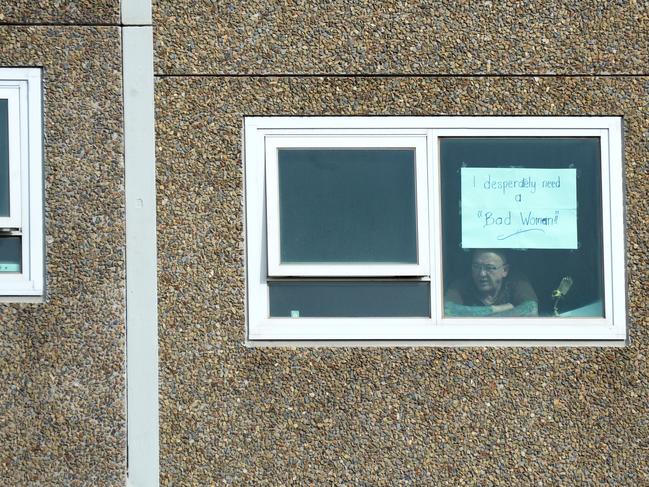
By the end of the final lockdown in October last year, Andrews was finally facing a revolt from a previously acquiescent public. Protests grew and in the suburbs people began to quietly ignore the rules, gathering in small but still illegal numbers in parks, homes and backyards.
Andrews sniffed the political wind and pivoted, finally opening up the state and sidelining the conservative voices such as Sutton. But even though Andrews was on the nose with many at that time, there was still no large-scale movement against him.
When Victorians exited their last lockdown in October 2021, a Newspoll reported a 58-42 per cent lead for Labor on a two-party-preferred basis. At that stage 56 per cent of people said they were satisfied with his performance while 42 per cent said they were dissatisfied.
Samaras believes any pandemic backlash against Andrews will be uneven and will be driven largely by personal experience during the lockdowns.
“A lot of the skin that Andrews will lose will be in places that were economically hit the hardest,” he says.
But many of those who were hit the hardest, such as manual workers in Melbourne’s west, are already in safe Labor seats, whereas Samaras says the “work-from-home cohorts”, many of whom were public servants, had a less difficult pandemic experience. Many of these live in marginal seats and are less likely to seek to punish Andrews on election night.
“There is a lot of anger there that I think we will see wash out on election night but it will be in places that just won’t be uniform,’ says Samaras.
“He could fall into minority government for other reasons but he will lose seats like Pakenham probably because of the pandemic, he may lose Melton also so there could be a few seats that he will lose because of that.”
Experts agree the fallout from Andrews’ lockdowns will be one of many factors that influence the final result on election night. It was a traumatic experience for Melbourne and Victoria, even if the impacts were unevenly spread across the population.
This month it was revealed Victorians, including children, are now waiting around six months to see a psychiatrist, a waiting time unheard of before the pandemic.
As the Shergold report said: “For children and parents (particularly women), we failed to get the balance right between protecting health and imposing long-term costs on education, mental health, the economy and workforce outcomes. Rules were too often enforced in ways that lacked fairness and compassion.”
It is a damning indictment. But it remains to be seen to what extent voters will punish Andrews for presiding over the world’s longest lockdown in a state where Labor has been in power for 19 of the past 23 years.

